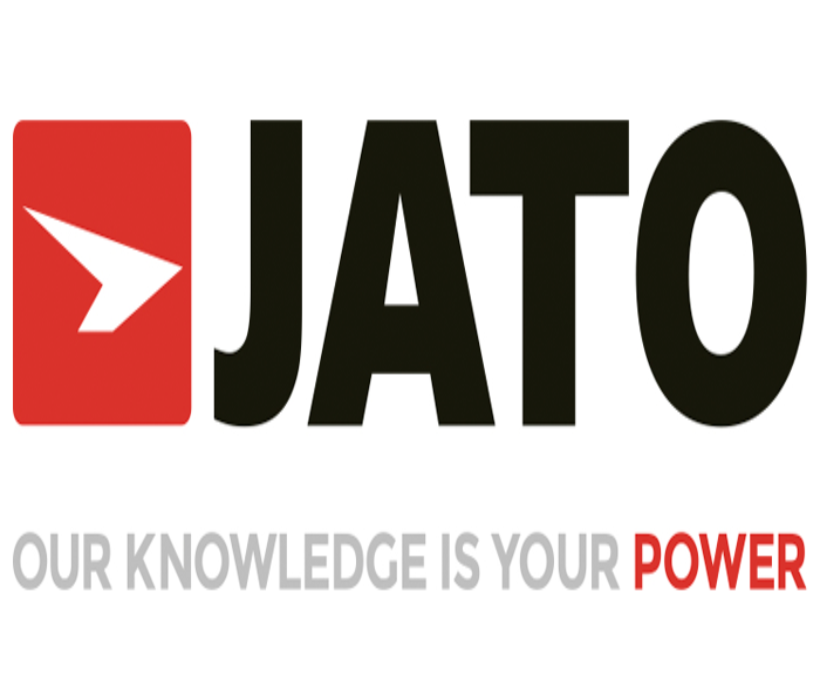 Real Blogger Outreach – Powerful Links. Zero Spam.
Real Blogger Outreach – Powerful Links. Zero Spam.
The Role of Technology in Modern M.Arch Programs
Written by chaitanya » Updated on: June 17th, 2025

Technology is crucial in moulding the education and practices of prospective architects in today's continuously changing architectural scene. Contemporary M.Arch programs have adopted technological innovations to give students the necessary abilities to succeed in a fast-paced and competitive industry. This blog examines the essential role of technology in architecture, emphasizing the contemporary technologies used in architecture and the digital education in architecture that are revolutionizing the training of aspiring architects.
Technology in Architecture: A Game Changer
Incorporating technology in architecture has fundamentally transformed designing, constructing, and maintaining buildings. Contemporary architectural tools have empowered architects to expand the limits of ingenuity and productivity, leading to inventive and environmentally friendly designs. These are the primary technology developments that are essential to modern M.Arch programs:
1. Building Information Modeling (BIM)
Building Information Modeling (BIM) is a fundamental aspect of contemporary architecture. BIM software enables architects to generate intricate digital models of buildings spanning all facets of design, construction, and operation. This technology allows for cooperation between parties, boosts precision, and improves project management.
M.Arch programs teach students to use BIM tools to create complete models incorporating architectural, structural, and MEP (mechanical, electrical, and plumbing) systems. By acquiring advanced BIM skills, students become equipped to tackle intricate projects and make valuable contributions to streamlined operations that rely on data.
2. 3D Modeling and Visualization
3D modelling and visualization tools are crucial for giving tangible form to architectural conceptions. Autodesk Revit, SketchUp, and Rhino are software tools that empower students to generate lifelike three-dimensional models of their creations. These tools facilitate intricate visualization, enabling architects and clients better to comprehend a project's spatial dynamics and aesthetics.
Contemporary M.Arch programs include comprehensive 3D modelling and visualization instruction, guaranteeing that students can proficiently convey their concepts and examine diverse design options.
3. Parametric Design
Parametric design is a sophisticated method that utilizes algorithms and computational processes to create intricate and adaptable shapes. Grasshopper for Rhino is a tool that empowers architects to generate complex designs that adapt to precise criteria and limitations.
Parametric design is a crucial element in digital architecture education. It promotes the exploration of creative shapes and the correlation between design and performance, motivating students to experiment. This technology promotes ingenuity and facilitates the creation of innovative architectural solutions.
4. Virtual Reality (VR) and Augmented Reality (AR)
Architects use Virtual Reality (VR) and Augmented Reality (AR) to revolutionize how they showcase and encounter their designs. Virtual reality (VR) enables users to experience immersive simulations of digital models, offering a lifelike perception of spatial dimensions and proportions. Augmented reality (AR) superimposes digital information onto the physical world, providing real-time enhancements to the comprehension of design components.
Master of Architecture (M.Arch) programs are progressively integrating virtual reality (VR) and augmented reality (AR) into their educational plans, equipping students with the necessary skills to develop immersive experiences for clients and stakeholders. These technologies improve the visualization of designs and facilitate decision-making processes.
Digital Architecture Education: Preparing Future Architects
Modern M.Arch programs prioritize digital architectural education, ensuring students acquire proficiency in the newest technical tools and approaches. Technology is incorporated into architecture education through various means:
1. Interactive Learning Platforms: Online learning platforms and digital resources offer students vast information and courses on contemporary architectural technologies. These platforms support independent study and allow students to stay informed about the latest developments in technology and design.
2. Cooperative Endeavors: Technology facilitates cooperative learning and education centred around projects. Cloud-based tools and collaboration software, such as BIM 360 and Google Workspace, enable students to collaborate on projects regardless of their geographical location. This promotes collaboration and replicates authentic architectural methodologies.
3. Simulation and Analysis Tools: Simulation and analysis tools, such as energy modelling software and structural analysis programs, are essential to sustainable design education. These tools assist students in assessing the effectiveness of their designs and making well-informed choices to improve energy efficiency, structural strength, and environmental impact.
4. Access to Industry Experts: Typically, digital architectural education incorporates virtual guest lectures, webinars, and workshops conducted by industry experts. These exchanges offer students valuable knowledge about current trends and practices, chances to connect with others, and opportunities to enhance their professional skills.
The Future of Architecture Education
Architectural education will adapt and update its techniques and instruments in response to the ongoing evolution of technology. Prospective architects must possess a high level of proficiency in utilizing various technologies to tackle upcoming issues and prospects in the construction field effectively. Contemporary M.Arch programs are at the forefront of this advancement, equipping students to lead in a technology-oriented sector.
Technology is essential in contemporary M.Arch programs, equipping students with the necessary expertise and understanding to thrive in the architecture industry. Technology is revolutionizing architectural education and practice by introducing advanced design tools such as BIM, parametric design, and immersive technologies like VR and AR. M.Arch programs equip future architects with the necessary skills and knowledge in digital architecture education to develop groundbreaking, environmentally friendly, and influential designs. With the continuous advancement of technology, the future of architecture promises to be even more dynamic and thrilling than in the past.
Note: IndiBlogHub features both user-submitted and editorial content. We do not verify third-party contributions. Read our Disclaimer and Privacy Policyfor details.
Copyright © 2019-2025 IndiBlogHub.com. All rights reserved. Hosted on DigitalOcean for fast, reliable performance.

















